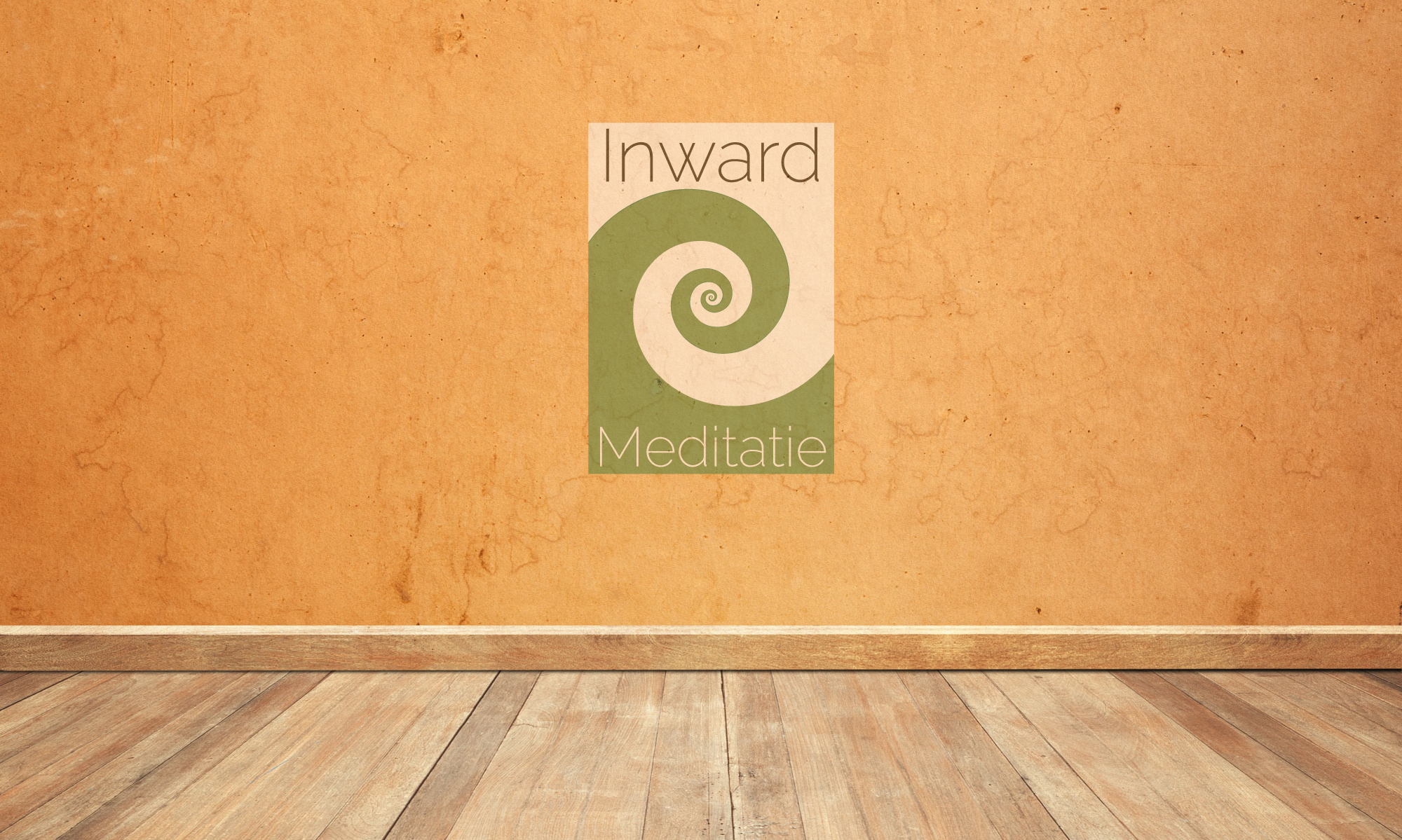Ever since coming across this path and taking it seriously, I’ve been steeped in the message that certain elements of the Buddhist faith are more compatible with Western society than others. These elements should be liberated from their benighted contexts and brought to a Western audience.
I very much went along with this. Both in my own practice, and when I started to teach, I did so against this Western Buddhist backdrop. I questioned whether bowing to statues and monks was really necessary, whether chanting the words of the Buddha was appropriate, and more or less disparaged any ritual I came across. Mind you, I had been disparaging rituals for decades at this point, so it had become something of a personal habit.
Whereas for a long time I kept to the commandment about not charging money for sharing the dharma, even that has recently gone out the window, as I too need to pay rent for the meditation space.
Can the military use the canon?
Unlike most other world religions, Buddhism has had an open canon, meaning the faith is open to adjusting itself to new situations. Most forms of contemporary Buddhism are indeed quite explicit about this, welcoming the chance to have the dharma interact with and play off of cultural dynamics, revealing new facets of itself in the process. This openness is one of the reasons why Buddhism has had such a successful run for the past few millennia – the other being the profound wisdom pertaining to the human condition contained within the Buddha’s teachings.
During the time I’ve spent practicing though, I have become increasingly aware of just how much current culture has penetrated these age-old teachings. I’ll name three quick examples but there are many more to choose from. The ones included here have been selected for their illustrative value.
Mindfulness techniques are taught to military snipers, to enable them to take care of their hidden killing in a more efficient fashion. It is also offered in business contexts, where the main considerations do not center on the eradication of suffering, but on the maximization of profit. Thirdly, it sometimes happens that dharma practitioners prevent other dharma practitioners from participating within certain Western Buddhist contexts, because they are not perceived to conform to some ideal identity, be it one of privilege or of victimhood.
Buddhist concepts of morality and not-self
The first two examples graze important Buddhist moral precepts – those against killing and taking what is not freely given – without spending much time on why. Traditionally, adherence to these rules is considered foundational to any Buddhist practitioner, giving one access to the teachings and practices of the faith.
In the third example, emphasis is placed on consolidating an already entrenched sense of identity. It is difficult to see how this is conducive to the development of vital dharmic insights, such as an insight into not-self. A practitioner gets there through practicing equanimity, which involves seeing clearly that one’s current predicament is entirely arrived at through one’s own karma, and that each person can only mature on the path through seeing this for themselves.
The thrust of the practice here is to stop taking your stories about yourself so seriously. See instead that this identification process is exactly what is keeping you bound to your suffering.
All this begs the question: Is the dharma at risk from Western culture?
A dangerous imbalance…
There is tension between liberating powerful practices from their traditional container and inadvertently losing more than you bargained for. For example, what effect does ejecting the traditional system of ethics have on any subsequent spiritual realization? Could Awakening “go wrong” in such a setting? What happens then?
On a macro level, there may be a danger these teachings could become co-opted by our culture’s high degree of individualism and personality development, which might obscure the dharma’s message of complete liberation from suffering.
This muddling is certainly something to remain alert to. There is a lot of value in the adoption of contemplative techniques and philosophies within the frameworks of modern psychology, but this can also lead to confusion about what those techniques and philosophies really point to.
And there is friction between the two philosophies. Modern psychology is rooted in a humanist framework, where ego development and self-actualization are important concepts. The dharma has opposite aims: the ending of suffering through the deconstruction and extinction of an imaginary self.
… or business as usual?
A question of balance arises. If Buddhism as a global phenomenon is to retain its open canon, how can it mesh with mainstream culture without losing its core message? Is this even important, with the long-term preservation of foundational texts and commentaries? After all, what does it matter what name someone attaches to a practice, as long as anyone remains free to practice and teach the dharma the way they understand it?
This meshing and the problems it inevitably engenders is unlikely to be new. It may be different in scope and intensity, but similar processes have probably been going on for millennia, more or less non-stop. Buddhism arose in Northern India, and has moved about a lot for the past 2500 years. The culture changes, and the dharma adjusts.
Perhaps not all adjustments are net positives – if one can even make that distinction with any real objectivity – but they might need to be tried regardless, and be given time to develop in their own ways.
Perhaps the myriad Western experiments adapting powerful dharma-derived ideas will over time tend toward a greater curiosity about and understanding of the core teachings of the Buddha. Perhaps the most important, most radically novel liaison the dharma is opening to at the moment is the potential of freedom and ubiquity of information.
Get out of jail free card
So there is cause for optimism. The path out of prison is located wholly within the prison. The better the dharma adjusts to its circumstances, the better it can chart this path. Buddhism has survived a 2500 year history. Its expansive body of knowledge is not just preserved but, in a historic first, is now commonly available to all.
This gives confidence in the power of the message of liberation to continue to form an alternative to the prison-like features of any culture it finds itself in, however enticing these features might seem. All we need is just a few people to adequately model this liberation, and to describe the path out of prison in a way that appeals to the general seeker.
It is likely the dharma will flourish in ways we won’t fully appreciate for decades to come, just as it has in previous centuries.
I still don’t bow to monks or statues – I know, I’m a terrible person – and I remain aloof from rites and rituals. For me, having grown up in the culture I call home, some rules can be broken, while others are difficult even to bend.
It has however dawned on me that the no-nonsense form of Buddhism adopted in the West might be a tentative beginning of a unique new way out of prison. A way that speaks to the common Westerner who is disenchanted with rampant individualism, consumerism, and all the other isms out there – including traditional forms of Buddhism that are reminiscent of supernaturalism, nationalism, and other superstitions.
Finally, according to the Buddha, the dharma too is a raft, to be abandoned once the far shore is reached.

